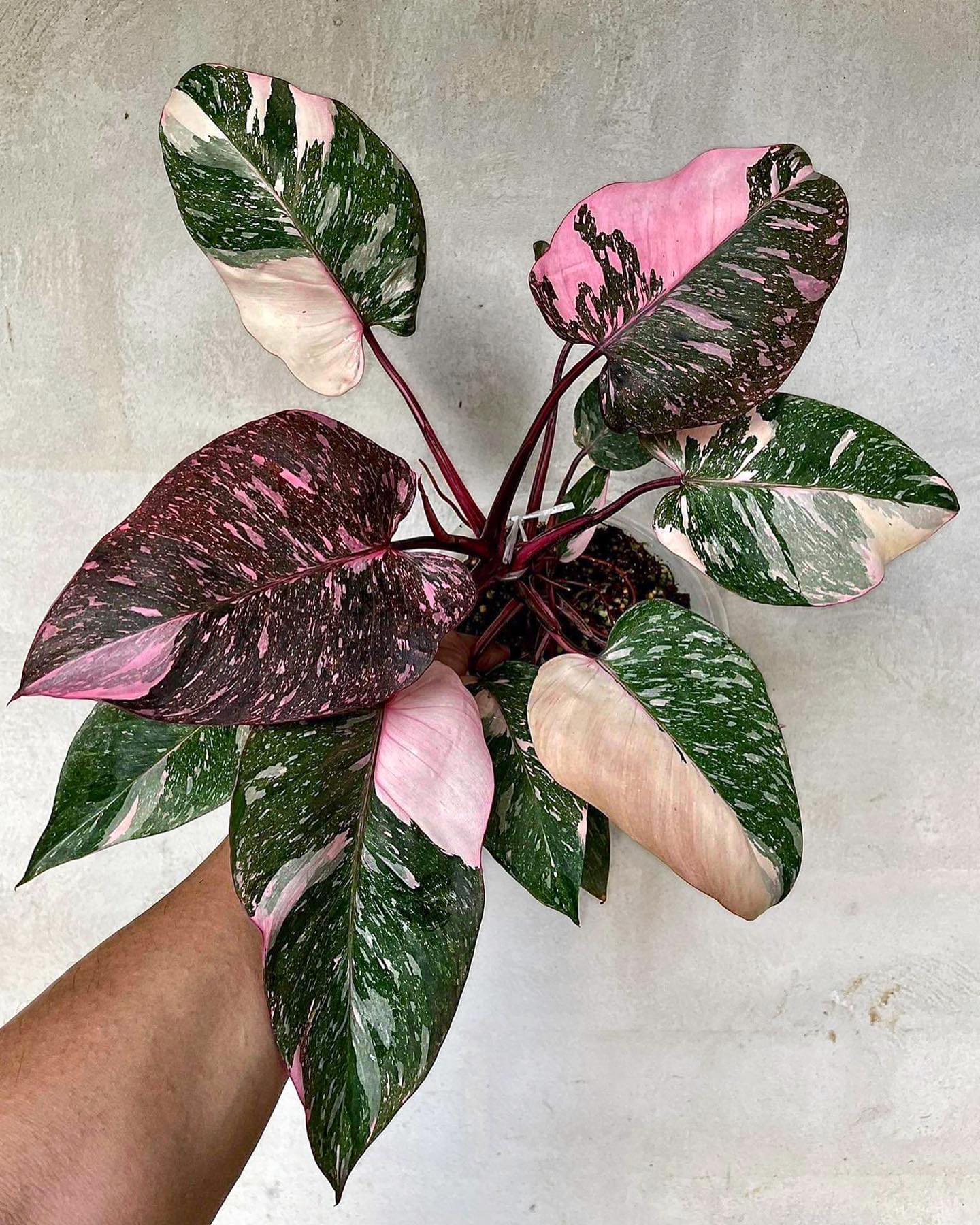Introduction
Hey there, plant enthusiasts! Ever found yourself in a garden center, surrounded by a sea of pots, utterly confused? Trust me, you're not alone. The pot you choose is more than just a decorative item; it's your plant's home, its environment, its universe! So, how do you pick the best pot for your plant? Well, you're in luck because this guide is going to dig deep into the nitty-gritty of pot selection. Let's get our hands dirty!
The Material World: What's Your Pot Made Of?
Clay or Ceramic Pots
- Pros: Excellent for moisture retention, aesthetic appeal
- Cons: Heavy, can crack in cold weather
Clay pots are the old-school favorites. They're breathable, which means they allow water and air to pass through their walls, benefiting plants that prefer a drier soil.
Plastic Pots
- Pros: Lightweight, affordable, versatile
- Cons: Poor drainage, can look cheap
Plastic pots are the go-to for beginners. They're cheap and a fantastic choice for beginners. They allow for excellent root airflow and drainage due to their many holes.
Self-Watering Pots
- Pros: Great for thirsty plants or forgetful plant parents
- Cons: Can lead to overwatering, a bit on the pricier side
If you're the forgetful type or just too busy, self-watering pots could be your savior. These pots have a built-in reservoir that keeps the soil moist.
Metal and Glass Pots
- Pros: Stylish, modern
- Cons: Poor drainage, can get too hot or cold
Metal and glass pots are often more about form than function. They look great but aren't always the best for plant health.
Size Matters: How Big Should Your Pot Be?
The Goldilocks Principle
- Too Small: Restricts root growth, leading to a 'root-bound' plant
- Too Big: Retains too much water, leading to root rot
The Rule of Thirds
A pot should be roughly one-third the height of your plant. This ensures adequate room for root growth without drowning the plant in soil. Always pot up just 1-2 inches bigger depending on your plant's growth habits.
Drainage: The Hole Story
A pot without proper drainage is like a ship without a rudder—bound to sink! Always opt for pots with drainage holes. If you're into DIY, you can even drill your own holes.
The Importance of Saucers
Don't underestimate the power of a good saucer. It catches excess water and prevents your furniture from getting ruined. You can also use a cache pot, which is a decorative pot with no hole. This means you'll want to drain after watering your plant if it's in a clear orchid pot.
FAQs: Your Burning Questions Answered
Can I use a mug as a plant pot?
Sure, but make sure to create drainage holes at the bottom. Otherwise, you're setting your plant up for failure.
What about fabric pots?
Fabric pots are excellent for aeration but dry out quickly. They're great for plants that don't like to be waterlogged. I'd recommend these for outdoors mostly.
How often should I repot?
Generally, every 1-2 years, but it depends on the plant's growth rate. Fast-growing plants may need to be repotted sooner.
Pro Tips: The Inside Scoop
-
Check for Compatibility: Make sure your pot material is compatible with your plant type. Succulents prefer clay, while tropical plants may prefer plastic.
-
Elevate the Pot: Use a saucer or feet to elevate the pot. This aids in drainage and can prevent root rot.
-
Color Matters: Light-colored pots reflect light, while dark pots absorb it. This can affect the soil temperature.
Conclusion: Pot-ential Unleashed!
There you have it, the ultimate guide on how to pick the best pot for your plant. From material to size and drainage, we've covered all the bases. The right pot is more than just a home for your plant; it's a crucial factor in your plant's overall health and well-being. So choose wisely, and watch your green friends flourish like never before!



